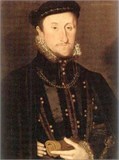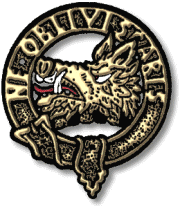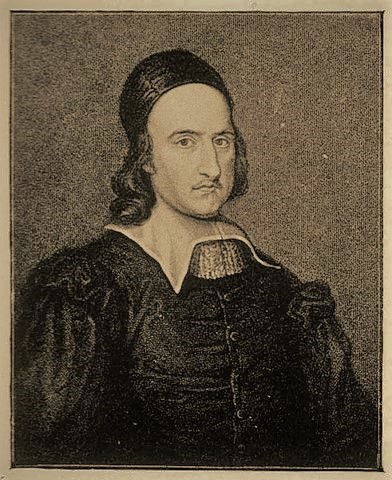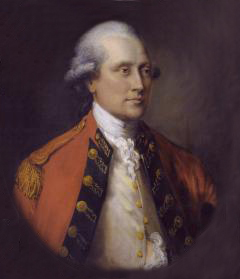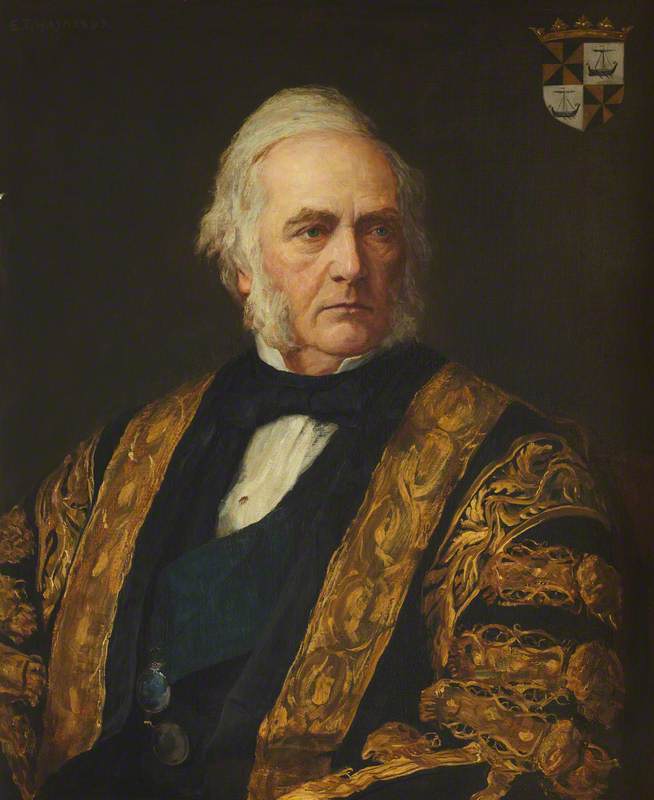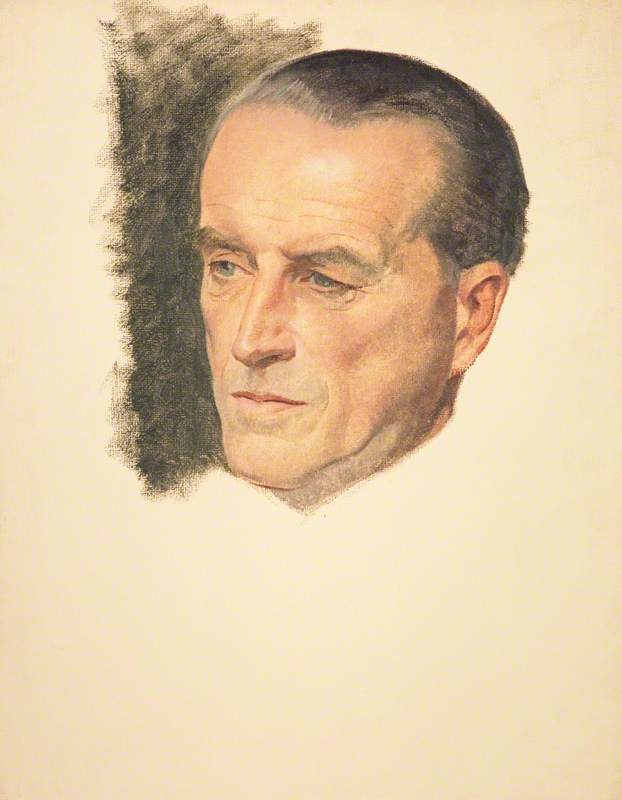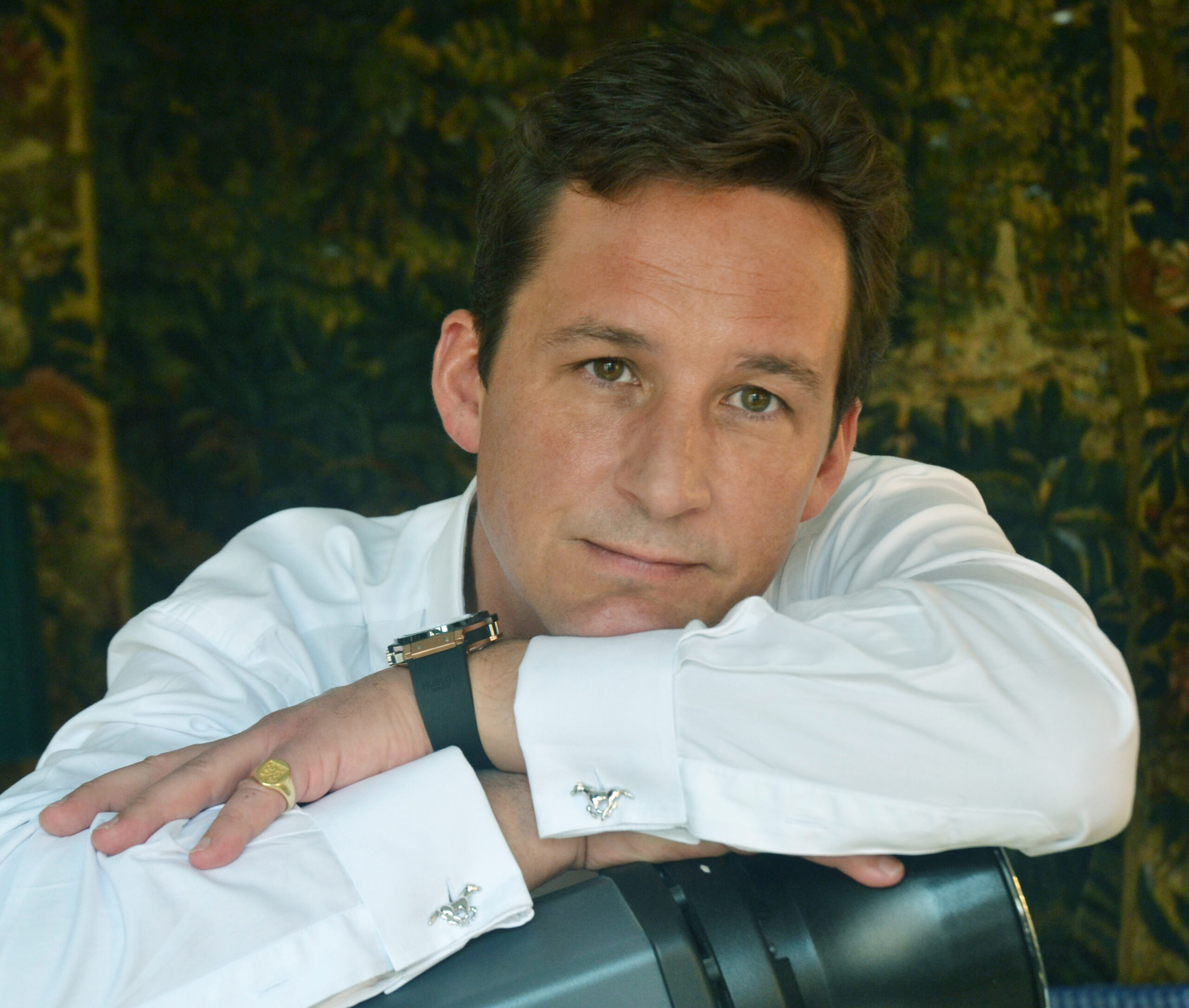Baroness
[email protected]
History of scotland History of the Barony of Otterinverane
In Cowal, on the eastern shore of Loch Fyne stands the Barony of Otterinverane, or colloquially “Otter”. This area takes its name from the sandbank which juts out more than halfway across Loch Fyne, ‘An Otir’ meaning “the long low promontory” in Gaelic. During the middle ages there was established a barony at Otter. In this time barons across Scotland were entrusted by the monarch to hold land for them and in return keep law and order, dispense justice and if necessary, raise men for war. At Otter the barony took its name from the promontory and was called Oitir an Bharain, meaning ‘the Baron’s Otter’.
The history of the Barony of Otterinverane is in many ways also the history of the Cowal peninsula, of Argyll, and even of Scotland itself. The Barony has helped to shape the local history of the area, and at times the development of the Scottish Nation. To tell the story of this Barony we must begin in prehistory, long before a written record and where our only evidence is that left beneath the ground. The neighbourhood that is Argyll has been in human occupation since prehistoric times, and we tell here the story of the Barony of Otterinverane from the first evidence of settlement in Cowal through the centuries. For most of history we can only get a sense of what was happening in the area, catching brief glimpses in the historical record when Cowal and Otter were part of larger events. Later, the Gaelic families of Argyll can be seen in possession of Otter during the middle ages, as it became an important site and eventually the stronghold of the MacEwen clan. In the later middle ages it was acquired by the Campbells of Lochow who became Earls and then Dukes of Argyll. Along with many lands in Argyll they held the Barony of Otterinverane almost without break for five hundred years. Today, Otterinverane continues to be held by a Baron who is the direct lineal descendant of numerous prior Otterinverane barons and who also shares common ancestry with all previous holders of the Barony throughout its long history, including numerous Monarchs.
Otterinverane takes its name from the Gaelic Oitir an Bharain. ‘An Otir’ is a long low promontory; in this case the sandbank that juts out more than halfway across Loch Fyne, extending from the burn of Kilfinan to the burn of Largiemore. ‘Bharain’ means baron and Otterinverane is ‘the baron’s otter’, and the barony has been referred to throughout history as ‘the Otter.’
From the present day the descent of the Barony of Otterinverane can be traced back for more than half a millennium along the line of the Campbells of Lochow who became first the Earls of Argyll and later Dukes. The line has been broken only once in that time, when after their treason in the seventeenth century the family had their lands and titles briefly taken from them. The Campbells in the fifteenth century in turn had the barony granted to them by Sween MacEwen [died c.1450]. Sween was the last MacEwen Baron of Otter and also the last chief of that clan after which they became ‘broken’ and scattered across Scotland. The early demise of Clan MacEwen has meant that their story has not been well recorded and though the area was likely known as Otter anciently, long before there were barons, at what point Otter became Otterinverane is uncertain. While we cannot be sure who held the barony before Sween MacEwen we can begin to trace the origins of ‘Otterinverane’ using the few historical records we have, archaeology and legend. History of scotland
The MacEwens trace their lineage through Gaelic legend, and oral and written history, from the Irish prince Ánrothán Uí Néill [died c.1080]. He was of the line of the kings of Ailech, over-kings of north-western Ireland, who in turn descended from famous High Kings of Ireland including Niall Glundubh [died c.920] and the legendary Niall of the Nine Hostages [died c.450] from whom Afraig [died c.1270] the mother of Cailean Mór ancestor of the Campbells is also meant to descend. Ánrothán was the grandson of Flaithbertach an Trostáin or ‘of the Pilgrim’s staff’ [died c.1036] so called as he had undergone a pilgrimage to Rome






